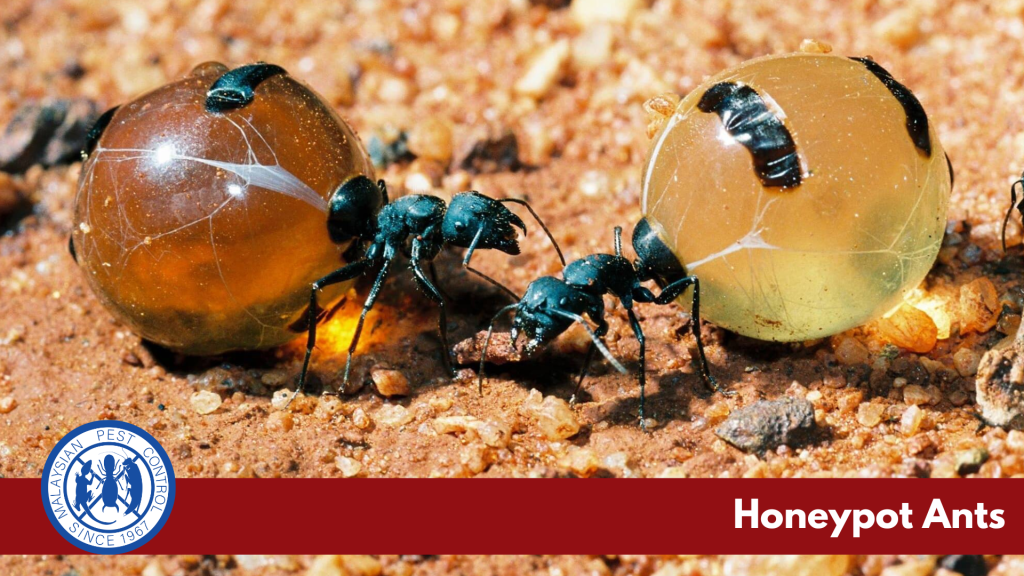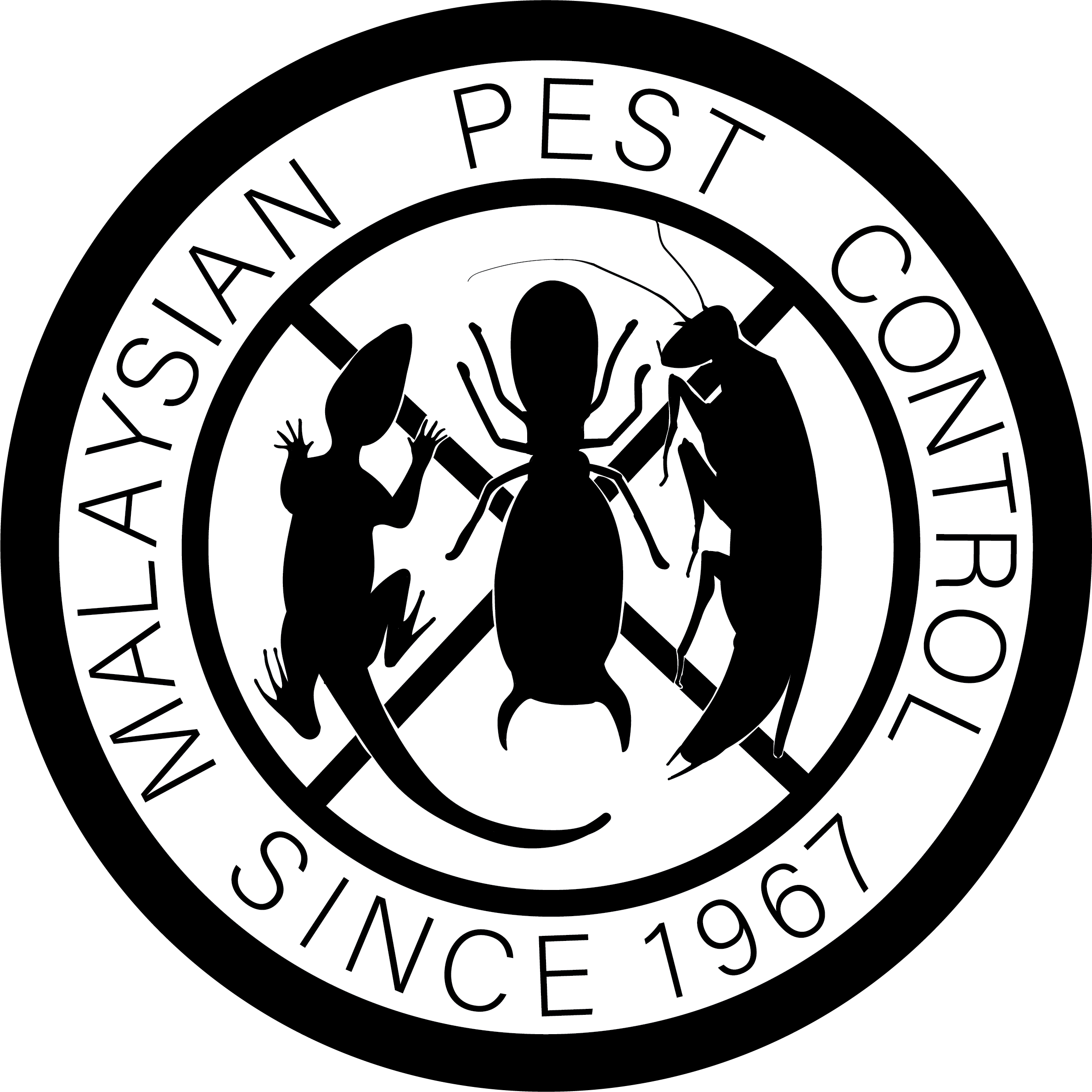허니팟 앤츠에 대하여
허니팟 앤츠 소개

꿀단지개미(미르메코시스투스 spp.)는 "repletes"라고 알려진 특수 일개미의 부은 복부에 음식을 저장하는 독특한 능력으로 유명합니다. 사막과 같은 건조한 지역에서 발견되는 이 개미는 식량이 부족한 시기에 군집에 필수적인 식량 저장소를 제공합니다.
생물학과 수명주기
- 계란 단계: 여왕은 둥지에 알을 낳습니다.
- 유충 단계: 유충은 일벌로부터 먹이를 공급받으며 몇 주 동안 성장합니다.
- 번데기 단계: 유충은 성충으로 나오기 전에 고치를 만든다.
- 성인기: 여왕벌이 번식하는 동안 일벌들은 음식을 모은다.
행동과 서식지
허니팟 개미는 주로 사막 지역에 서식합니다. 그들의 배설물은 가뭄 동안 군체를 유지하는 액체 음식을 저장합니다. 채집 개미는 꽃꿀, 곤충, 꿀물을 찾습니다.
인간 및 애완동물과의 상호작용
허니팟 개미는 인간이나 애완동물에게 위협이 되는 경우가 거의 없습니다. 이들은 주로 공격적이지 않으며 해충이라기보다는 호기심의 대상입니다. 이들의 식량 저장 적응은 개미 생물학에서 흥미로운 특징입니다.
"리플리트"라고 불리는 어떤 일개미는 꽃꿀과 기타 액체를 부어오른 복부에 저장하는데, 이 복부는 포도알 크기로 커질 수 있습니다.
허니팟 개미의 독특성
허니팟 개미는 독특한 식량 저장 능력 때문에 특별합니다. "리플레트(repletes)"라고 불리는 특정 일개미는 포도알 크기로 부풀어 오를 수 있는 부은 복부에 꽃꿀과 기타 액체를 저장합니다. 이러한 적응 덕분에 이 집단은 특히 건조한 환경에서 식량이 부족한 시기에도 살아남을 수 있습니다. 살아있는 식량 저장소 역할을 하는 능력은 희귀하고 놀라운 진화적 특성으로, 생태학과 생물학 모두에서 흥미로운 연구 주제가 됩니다.
고든 램지가 꿀을 입안에 넣는 모습을 지켜보세요
허니팟 개미는 동남아시아 원산이 아닙니다. 북미나 호주에서 애완동물로 수입하지 않는 한 말레이시아의 집 근처에서는 볼 수 없습니다.



